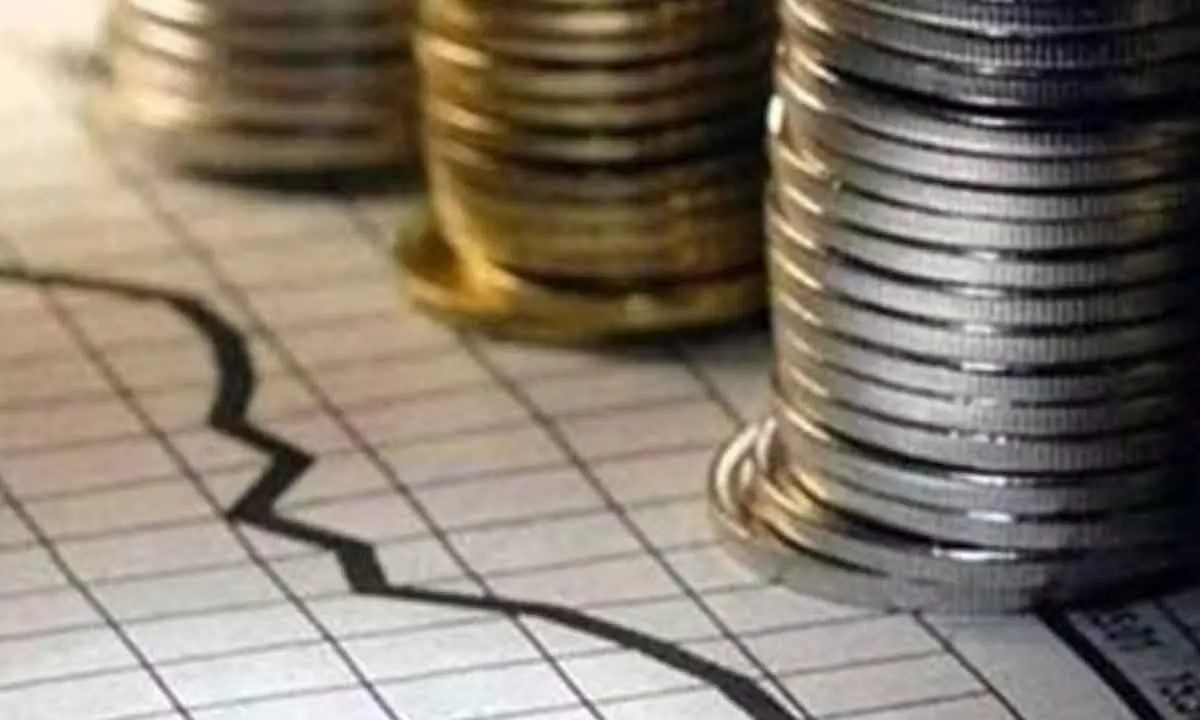Q4 may witness current account surplus of 0.2 per cent of GDP
image for illustrative purpose

The country’s merchandise trade deficit eased to an 11-month low of $15.6 billion in March from $18.7bn in January. This, as per Icra, may augur well for the current account number in the just concluded Q4, which may witness a small and transient surplus of $1-2 billion in the quarter. Sequential fall in imports facilitated the decrease in trade deficit. Gold imports collapsed from the February high, while for FY24, the imports of non-oil and non-gold exports higher than last year. Services surplus declined to an eight-month low, possibly signalling a slowdown in demand. The gone by Q4 is likely to see a current account surplus of 0.5 per cent of GDP, as stated by Emkay Global, due to better-than-expected trends in both goods and services exports. The lower deficit was led by a sequential fall in imports as gold imports collapsed even as exports rose marginally. The oil deficit rose on the back of imports rising and a sharp fall in exports, as well as higher crude prices during the month under review.
Meanwhile, taken on a YoY basis, both total exports and imports were lower. For the full year, exports clocked $436.7bn, while imports were worth $677.5bn, for a goods trade deficit of $240.8bn. Significantly, gold imports were sharply higher due to both higher prices and volumes, while oil imports were lower due to reduced prices on average during the year. March saw the core deficit declining, while core exports were above core imports sequentially. Thus, for the entire fiscal, core exports saw positive growth while core imports declined. Most major export categories, other than petroleum, saw significant MoM and YoY growth in March. Gold imports collapsed sharply during the month, which is mostly because of significantly lower volumes as gold prices hit record highs. Oil imports rose two per cent MoM, while other major import categories like electronic goods, machinery, coal and transport equipment, all grew on a sequential basis.
On the other hand, services trade surplus declined to $12.7bn in March, from the downwardly-revised surplus of $13.1bn in February. Again, the services surplus has seen heavy revisions in recent months–with February having initially been reported at $16.1bn, while past months have also seen downward revisions. For March, both exports and imports declined by six per cent MoM, while the surplus fell for the second successive month. The services surplus notched a high of $163.3bn, due to resilient growth in the US helping IT services exports, along with the boom in GCCs being set up domestically; however, the ongoing slowdown in services surplus may point towards headwinds for the sector in FY25. There is a likelihood that Q4 will see a current account surplus of 0.2 per cent of GDP, largely due to better-than-expected performance for both goods and services exports. Net services exports are especially notable, with software exports holding up well and net non-software exports likely to surge by over 50 per cent YoY.

